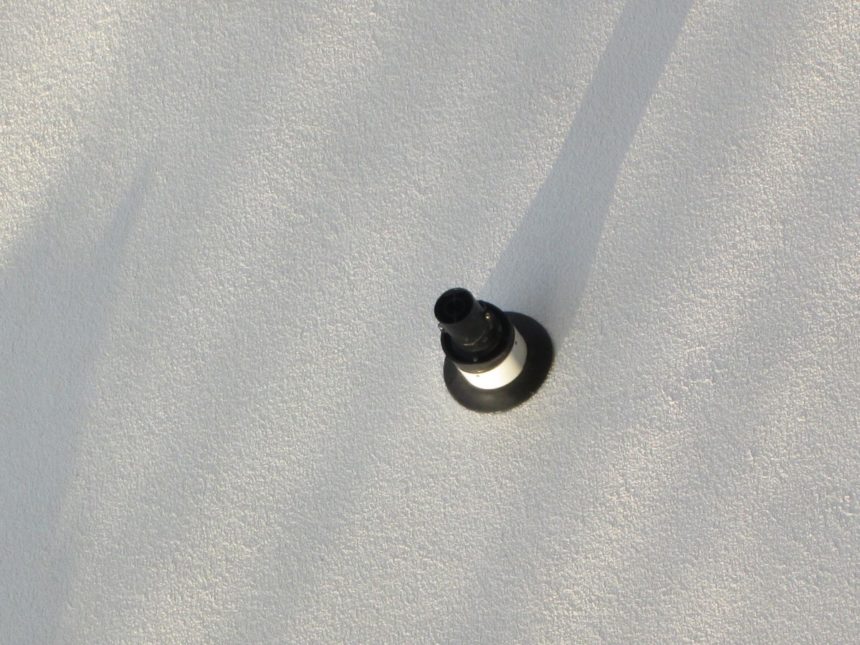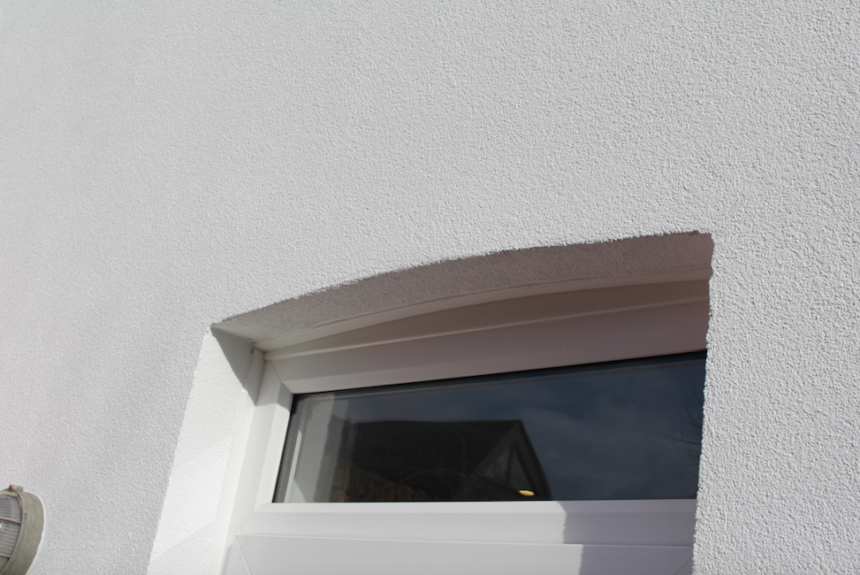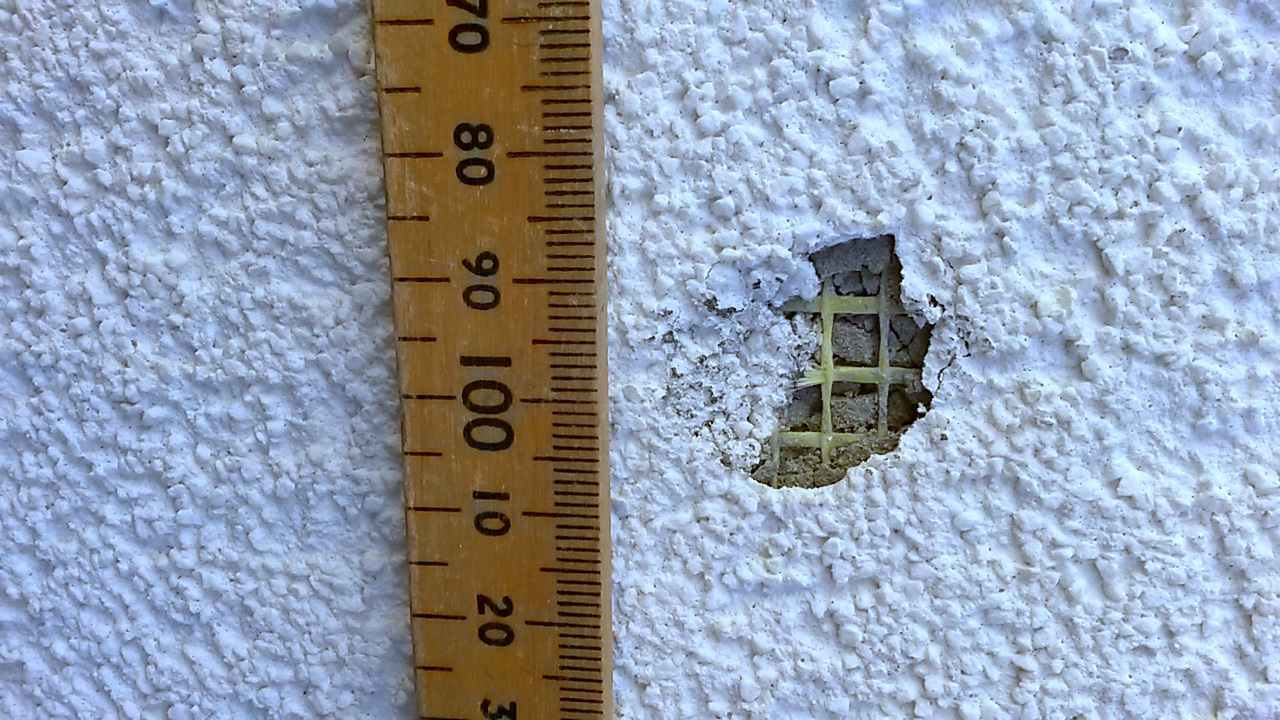
Should I replace my boiler at the same time as insulating my external walls?
External solid wall insulation is a big addition to the fabric of your home, so it is worth thinking – what else should I be doing at the same time to make sure I am getting value for money on my installation? One possible answer might well be to consider installing a new boiler!
Flues
As you may be aware, a typical boiler will have a little round vent coming out of your wall to allow the waste gasses to escape the room. The flue usually sticks out from the wall, and you will often see on a chilly day the steam rising from the side of the house.
In most cases external solid wall insulation protrudes from the existing wall by 100mm (although this might vary between suppliers). When you install external insulation, as you might expect, you can’t just bury the flue in the insulation, it needs to be extended out with a flue extension kit that exactly matches the current model of boiler. This typically adds around £200 to the cost of the works.
If you need a new boiler at the same time – you can avoid that extra cost, because the new boiler can have a longer flue installed at the same time at no additional cost. This won’t be the answer for everyone of course – some people will already have a relatively modern boiler installed, in which case it will be far most cost effective just to pay for the extension of the flue.















